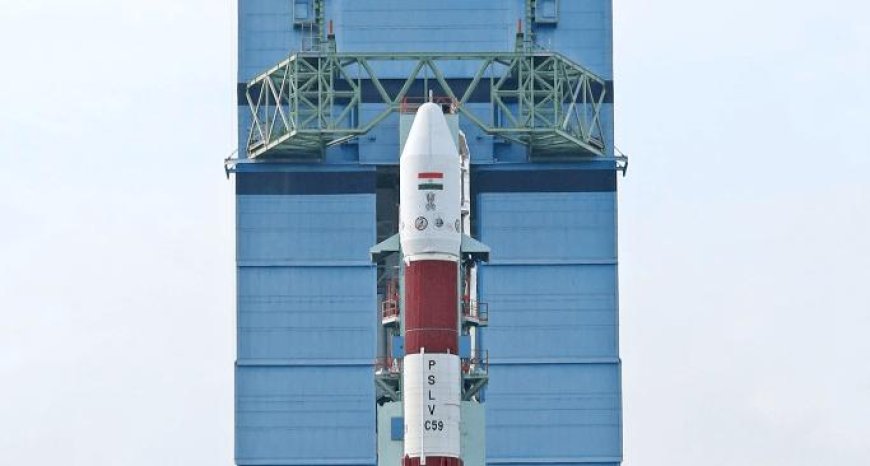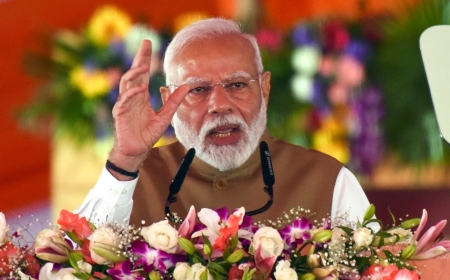ISRO Successfully Launches European Sun-Observation Satellites with Precision
ISRO's PSLV successfully launches ESA's Proba-3 satellites, marking a major milestone in precision formation-flying and solar observation. Read about the groundbreaking mission details.

The Indian Space Research Organisation (ISRO) marked another milestone today as its trusted workhorse, the Polar Satellite Launch Vehicle (PSLV), successfully placed the European Space Agency's (ESA) Proba-3 satellites into their designated orbit. The launch took place at 4:04 PM from the Satish Dhawan Space Centre in Sriharikota, Andhra Pradesh.
The mission had faced a brief delay due to an anomaly detected in the satellites, leading to its postponement from the previous day. However, the precision with which the mission objectives were achieved underscored ISRO's growing expertise in delivering high-stakes international commercial launches.
Mission Details
In its 61st flight, PSLV carried the Proba-3 satellites, a cutting-edge mission by ESA designed to demonstrate advanced formation-flying technologies. The mission involved deploying two satellites—the Coronagraph Spacecraft (CSC) and the Occulter Spacecraft (OSC)—into a highly elliptical orbit. This unique configuration aims to simulate a total solar eclipse and test precision rendezvous and formation-flying technologies, making it a groundbreaking endeavor in space research.
Proba-3 is ESA’s first precision formation-flying mission and a significant in-orbit demonstration (IOD) project. The two satellites, weighing a combined 545 kilograms, were launched together in a stacked configuration. About 18 minutes after liftoff, the PSLV successfully released the satellites at an altitude of 600 kilometers above Earth.
The spacecraft will operate as if they are a single rigid structure, separated by a precise distance, to achieve their scientific objectives. This innovation will allow researchers to simulate solar eclipses in space, paving the way for new observational techniques.
Technical Specifications and Historical Context
The PSLV, standing 44.5 meters tall and weighing 320 tonnes at liftoff, has a storied history of reliability. This mission marks the second time ISRO has launched an ESA satellite aboard its rocket. The first, Proba-1, was launched in 2001. While initially designed as a one-year mission, Proba-1 continues to operate after more than 20 years, a testament to ESA's engineering prowess.
Proba-3’s mission builds on this legacy, highlighting collaboration between ISRO and ESA. This launch was conducted under the aegis of New Space India Limited (NSIL), ISRO’s commercial arm, underscoring India’s growing role in the global commercial satellite launch market.
Significance of the Mission
The successful deployment of Proba-3 is a significant achievement for both ISRO and ESA. It not only strengthens India’s reputation as a reliable partner for international space missions but also furthers advancements in solar observation technologies.
ESA's Proba-3 is expected to provide critical insights into solar phenomena while demonstrating the potential of formation-flying technologies, which could be instrumental in future space exploration missions.
This successful mission reinforces ISRO’s position as a global leader in space technology and collaboration, while ESA continues to push the boundaries of scientific innovation in space.
What's Your Reaction?
 Like
0
Like
0
 Dislike
0
Dislike
0
 Love
0
Love
0
 Funny
0
Funny
0
 Angry
0
Angry
0
 Sad
0
Sad
0
 Wow
0
Wow
0



































































